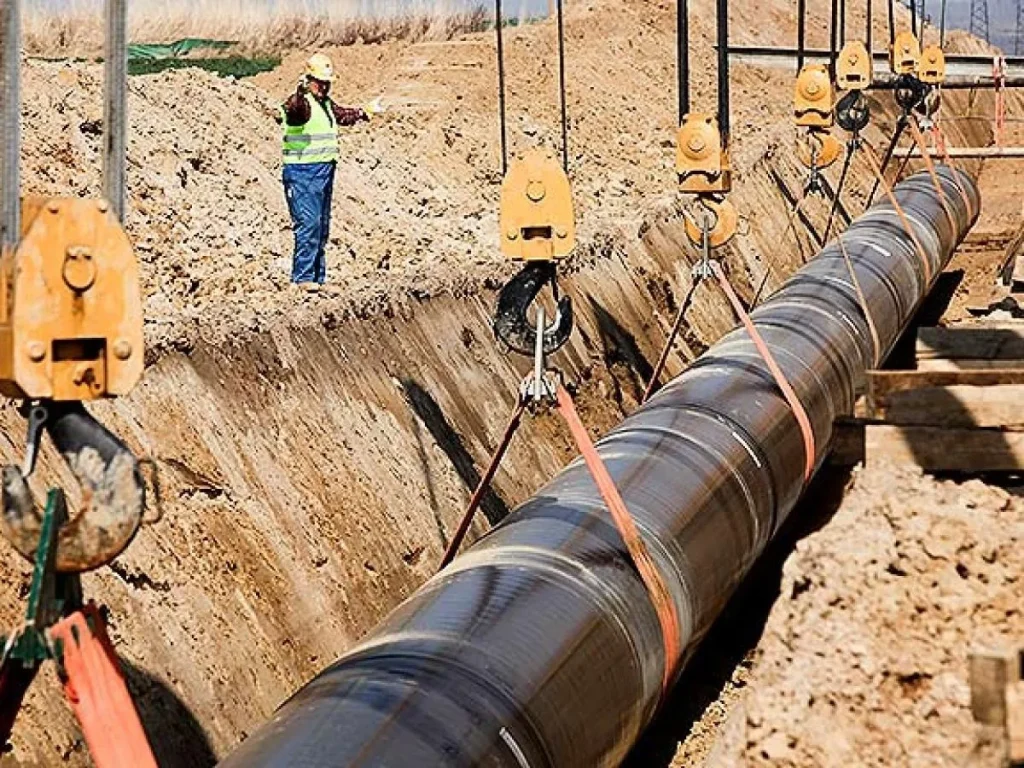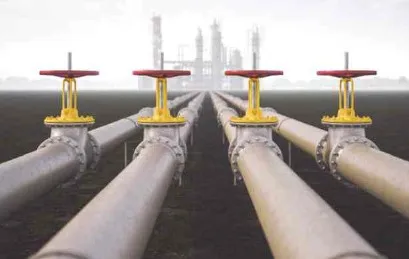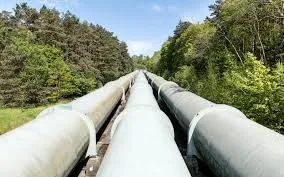India’s state-run refiners are set to fully commission the world’s longest liquefied petroleum gas (LPG) pipeline by June. This major infrastructure project is expected to significantly cut fuel transportation costs and enhance safety by reducing the reliance on road transport. The pipeline, spanning 2,800 kilometers, will serve as a vital link between refineries and bottling plants, streamlining LPG distribution across the country.

A $1.3 Billion Investment to Transform LPG Supply
The $1.3 billion project is a collaboration between Indian Oil Corporation, Bharat Petroleum Corporation, and Hindustan Petroleum Corporation. The three companies have jointly established IHB to oversee the construction of the pipeline, which stretches from Kandla on the western coast to Gorakhpur in northern India. The first phase is expected to be operational by March, with full commissioning scheduled for the middle of the year.

Replacing Road Transport to Improve Safety
Currently, nearly 70% of LPG bottling plants in India rely on road transport, with hundreds of tankers transporting fuel across the country. This method not only increases transportation costs but also raises the risk of road accidents. The new pipeline is expected to replace a large number of these trucks, significantly reducing such risks. Recent accidents involving LPG tankers have highlighted these dangers. In Coimbatore, a tanker overturned, bringing parts of the city to a standstill. In Jaipur, an accident involving an LPG truck resulted in 20 deaths, 45 injuries, and damage to over three dozen vehicles. By shifting transportation to pipelines, such incidents can be prevented.

Capacity to Meet Growing LPG Demand
The new pipeline will have the capacity to transport approximately 8.3 million tons of LPG annually, which accounts for about 25% of India’s total demand. As the world’s third-largest consumer of LPG, India has seen a significant increase in domestic usage, mainly for cooking. Over the past decade, household LPG consumption has grown by nearly 80%, reaching 29.6 million tons in the fiscal year ending March 2024. This demand has been driven by government incentives to encourage low-income households to switch from polluting biomass to cleaner LPG.

Challenges and Delays in Implementation
Although the project is nearing completion, it has faced multiple delays since its announcement in 2019. The COVID-19 pandemic caused disruptions, and supply chain challenges due to the Russia-Ukraine war further slowed progress. Despite these setbacks, India has made steady advancements in expanding its LPG pipeline network, which currently covers nearly 5,000 kilometers.

A Step Toward a Safer and More Efficient Future
With the completion of this pipeline, India aims to make LPG transportation more efficient and secure. By reducing dependence on road transport, the country can lower costs, enhance safety, and ensure a steady supply of LPG to millions of households. As the government continues to expand its pipeline infrastructure, the future of fuel transportation in India is set to become more reliable and sustainable.
